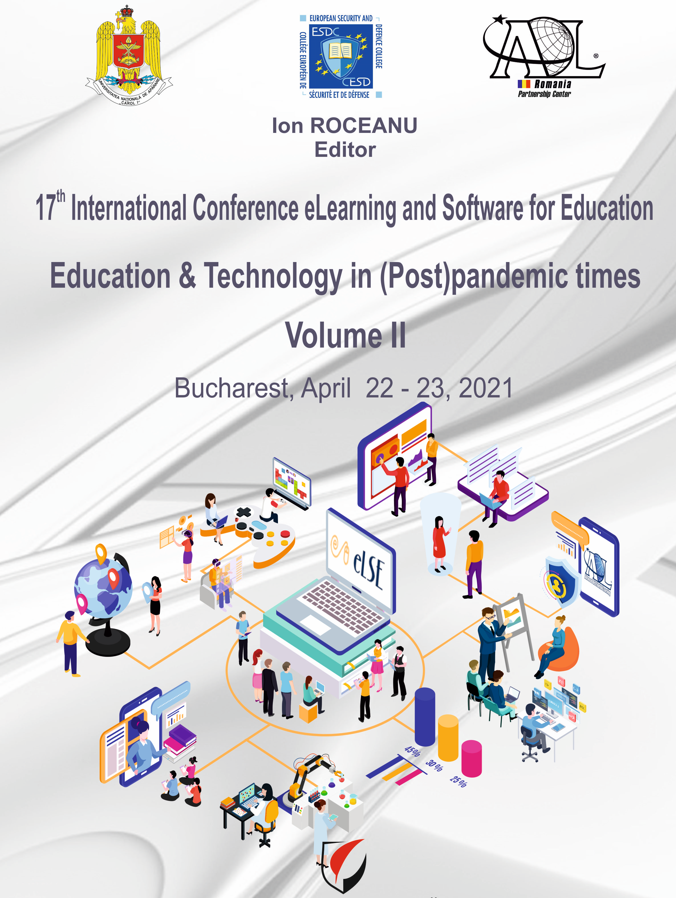VR TRAINING SYSTEMS FOR PUBLIC SPEAKING - A QUALITATIVE SURVEY
VR TRAINING SYSTEMS FOR PUBLIC SPEAKING - A QUALITATIVE SURVEY
Author(s): Nicolae Jinga, Alin Moldoveanu, Florica Moldoveanu, Anca Morar, Oana MitruțSubject(s): Communication studies, ICT Information and Communications Technologies, Distance learning / e-learning
Published by: Carol I National Defence University Publishing House
Keywords: Virtual reality; training system; public speaking; glossophobia;
Summary/Abstract: Public speaking is an essential tool in various domains, such as education, business or politics. Some people are born great speakers, while others learn to master this art, through training. At the other extreme are the people who suffer from glossophobia, the fear of public speaking. This paper provides an overview of solutions for treating the fear of public speaking or for training communication skills, with a focus on digital applications. It also offers a qualitative survey of virtual reality training solutions, proposing a key set of features that can be used to characterize and compare existing systems. An important feature is the scenario setup, where the user can personalize the experience and make adjustments to different characteristics such as audience size, room size and audience personality factors. Other proposed features are the movement and the speech factors of the user, that can influence the interest level of the audience. Other factors that can contribute to the success of the training session are animations and scene quality, that highly influence the immersion. Difficulty level adjustment should be a mandatory feature in applications designed for treating glossophobia, allowing gradual exposure techniques. Of course, a training application should provide on-the-fly or post-session feedback, allowing the users to better assess their progress and see opportunities for improvements. We selected four advanced commercial applications, which were compared based on the proposed features. While many of these features are covered in the selected applications, there is still room for improvement, by adding more realism to the environment and by including more advanced tools to analyze the user’s speech.
Journal: Conference proceedings of »eLearning and Software for Education« (eLSE)
- Issue Year: 17/2021
- Issue No: 02
- Page Range: 174-181
- Page Count: 8
- Language: English

